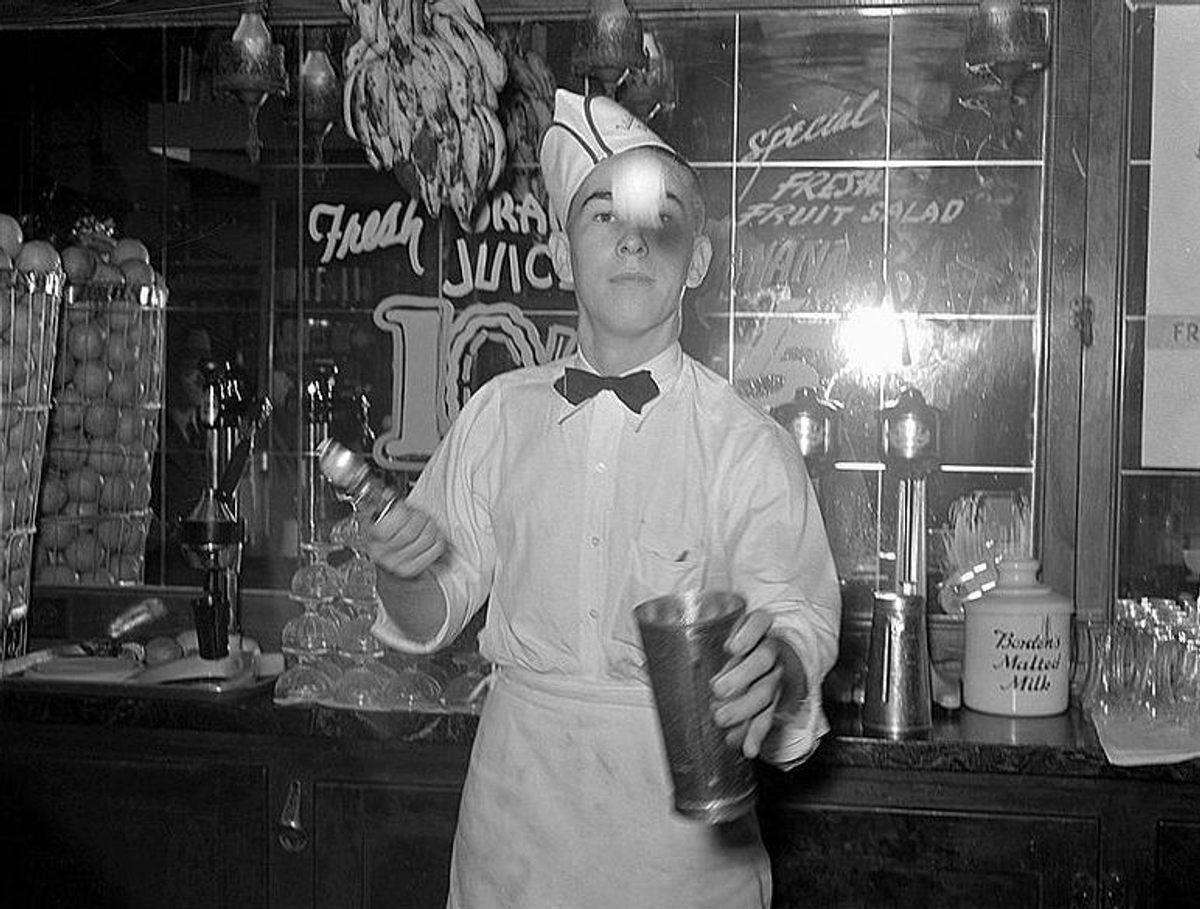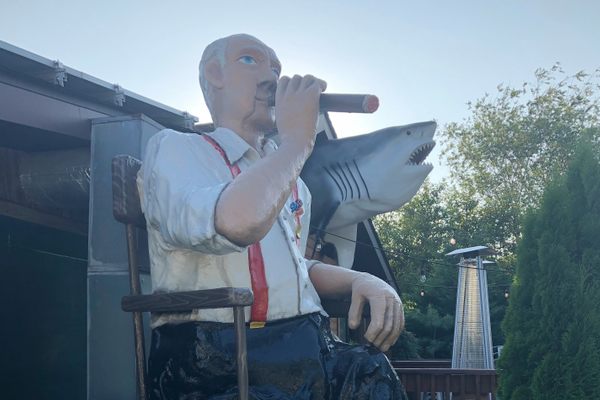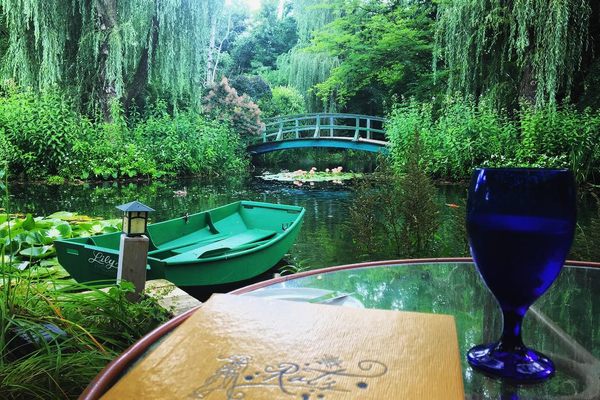The Internet’s Greatest Archive of Food History Needs a New Curator
A New Jersey reference librarian’s magnum opus could really use your help.
In 2015, New Jersey librarian Lynne Olver passed away at the age of 57 after a months-long battle with a rare form of leukemia. She left behind a husband, two children, several cats, and the internet’s largest repository of chronologized food history. The cats are taken care of, but the Food Timeline needs a steward.
What the website lacks in pomp and flash is made up for in its legendary breadth. True to its name, Olver’s Food Timeline begins with entries on ice, water, and salt in prehistory and ends with cronuts and test-tube burgers in 2013, making every stop along the way, from “blood as food” to turtle soup to Pop Tarts. The archive has garnered 35 million readers and counting, and during her 16-year tenure, Olver has answered more than 25,000 questions from those readers. Her lifelong, unpaid passion project is the most comprehensive and interactive food-history resource the world has ever known.
Today, Olver’s magnum opus is riddled with broken links and 404 errors. It needs updating, it needs maintenance, it needs new entries, and you, fair reader, could be exactly the curator the Olver family needs to carry on their late wife and mother’s quiet legacy. The job is unpaid, but it does come with a few thousand books, for reference.

Olver called the website the “perfect marriage” of her interests: “I’m a professional reference librarian and I’m a foodie,” she told Heritage Radio Network. In 1999, while working at the Morris County Public Library in North Jersey, she was tasked with writing the library’s monthly newsletter, answering member questions about local events and holidays, and penning a deep dive on a monthly “hot topic” of Olver’s choosing. The role soon consumed her, and at around the same time that she selected “Food History” as the month’s hot topic (coinciding with the library’s acquisition of James Trager’s Food Chronology), the library grew concerned with her fixation. “When the library realized it was taking so much of her time, they asked her to stop,” her husband Gordon told Eater. Needless to say, she did not.
Olver spent the next 16 years single-handedly building the Food Timeline during her free time. She learned HTML on the family’s then-new Gateway computer while amassing hundreds, and then thousands, of books on food. With her arsenal of texts, she spent 30 hours a week parsing and organizing the English-speaking world’s knowledge of all things edible into one sprawling yet bare-bones website, free of advertisements and sponsors. The exhaustive archive features recipes, cookbooks, and historical tidbits from primary sources, which range from “How did the Vikings preserve their food?” to “Debunking the popular history of cotton candy.” To deem each entry a granular examination would be an understatement: The page on ice cream alone runs for more than 32,000 words. (For reference, this article will barely nudge 800.)

Just as impressive as the sheer scale of her work was her dedication to reader engagement. “If you invite customers to ask questions, you better respond!” Olver wrote in the Market Strategy section of the website. As such, she maintained a turnaround time of 48 hours to any and all questions, which she upheld by bringing her desktop computer on family vacations. Fourth graders in need of help with schoolwork, novelists looking to feed their characters period-correct meals, chefs in need of historic recipes, and food brands looking for their own company histories all called on Olver for help, which she lent freely and punctually. “We also settle bar bets,” she told the Restaurant Guys podcast in 2004. “And I can always tell by the way the question is phrased whether or not the person is going to be happy with the answer I provide.”
As the timeline was a labor of love for Olver, so it would be for whoever claims her mantle. The role comes with ownership of the website’s domain, which Olver renewed for 10 years shortly before her passing in 2015, as well as her personal library of more than 2,300 books. Several individuals and institutions have come forward to offer their services, but the family is understandably choosy about who inherits Lynne’s lifework.
Even devoted readers and users may be surprised to learn that Olver was the Food Timeline’s sole caretaker: According to an extensive profile published in Eater, this selfless steward of culinary knowledge habitually wrote in the royal “we” to give the impression that there was a team of volunteers at her back. In reality, it was just Olver, moonlighting as a champion of food-obsessives the world over, night after night, enveloped by walls of cookbooks, textbooks, and encyclopedias. Perhaps you are the “we” that Lynne Olver has been waiting for all along.
Serious applicants for taking on the role of managing the Food Timeline can send their inquiries to foodtimeline@aol.com.
You can join the conversation about this and other stories in the Atlas Obscura Community Forums.
Gastro Obscura covers the world’s most wondrous food and drink.
Sign up for our regular newsletter.







































Follow us on Twitter to get the latest on the world's hidden wonders.
Like us on Facebook to get the latest on the world's hidden wonders.
Follow us on Twitter Like us on Facebook